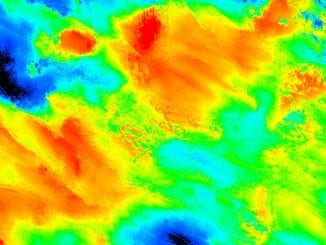
General Topics
Friction and Wear: From Elementary Mechanisms to Macroscopic Behavior
In the last 25 years, the global trend to miniaturization has raised interest in frictional processes on the micro and nano scale and facilitated appearance of nanotribology as a new branch of research. Soon it […]